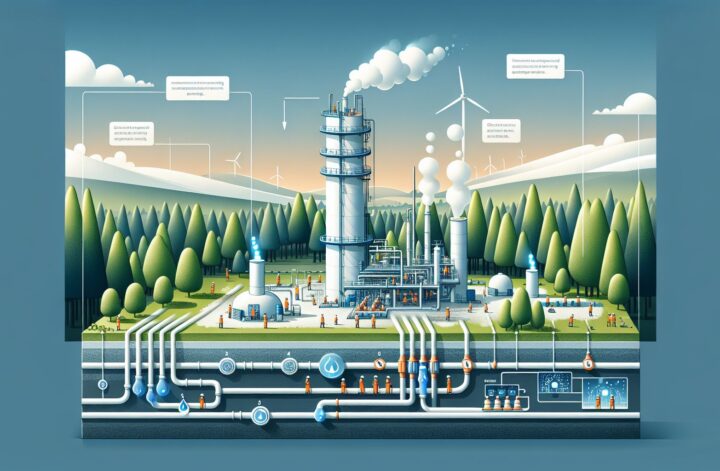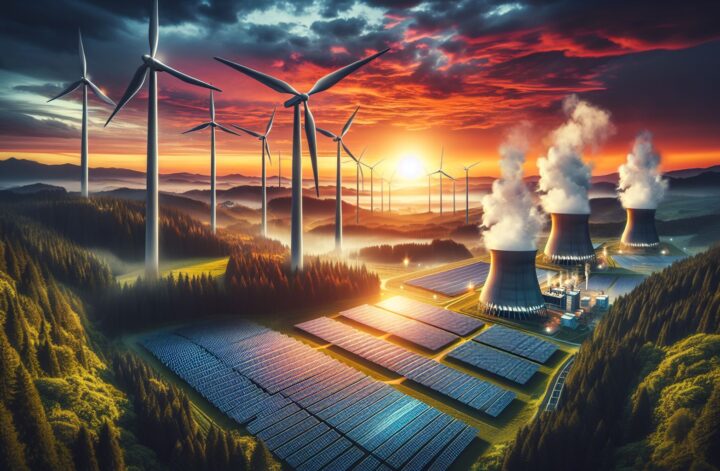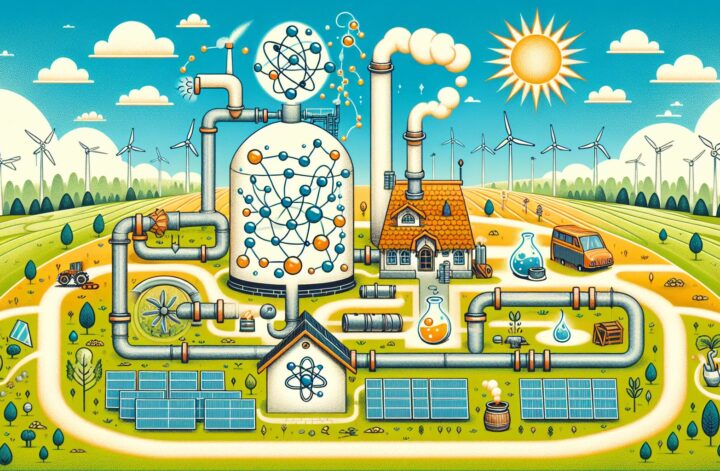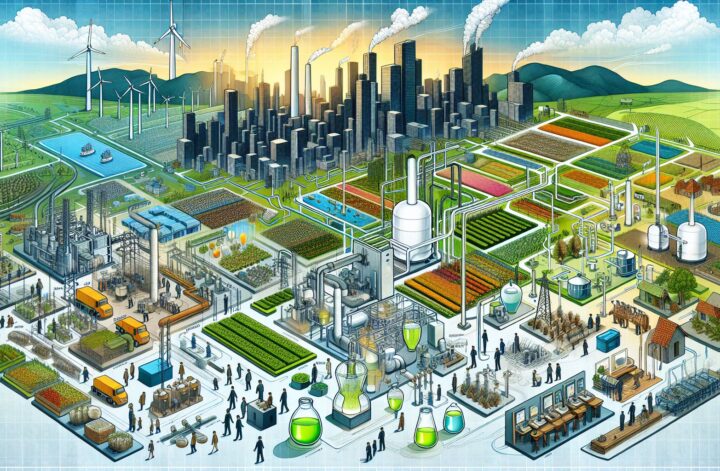Climate change is one of the most challenging environmental issues of our time. Increasing concentrations of greenhouse gases in the Earth’s atmosphere due largely to human activities, are causing changes in the global climate system. Among these greenhouse gases, methane is particularly significant due to its high global warming potential. It is more than 25 times more potent than carbon dioxide at trapping heat in the atmosphere over a 100-year period[^1^]. Therefore, reducing methane emissions is a crucial climate change mitigation strategy. This article explores methane capture, its importance, processes, advantages, and its challenges.
What is Methane Capture?
Methane capture refers to the collection and containment of methane gas produced in various industrial processes, natural resources, and waste management practices, preventing it from being released into the atmosphere. Industries such as oil and gas, agriculture (particularly livestock farming), and landfills, wastewater treatment plants, and coal mines are significant sources of methane gas [^2^]. The captured methane can then be used as a source of renewable energy.
Processes of Methane Capture
There are several strategies and technologies to capture methane, mainly depending on the source.
-
Landfill Gas Collection: Landfills are a significant source of methane emissions due to the decomposition of organic waste. In a landfill gas collection system, a series of wells connected by a pipeline network collect and transport the gas to a central point where it is processed and treated. The treated gas can be used for electricity generation or heat production.
-
Coal Mine Methane Capture: Methane is also released during coal mining operations. It can be captured in pre-mining ventilation or degasification systems where methane gas is extracted from coal beds before mining operations commence.
-
Agriculture – Anaerobic Digestion: In agriculture, methane is mainly produced from livestock farming. The methane emissions can be significantly reduced by using anaerobic digestion techniques where animal manure is processed in a digester to decompose organic material into biogas containing methane.
Benefits of Methane Capture
Methane capture has numerous environmental, economic, and social benefits.
-
Climate Change Mitigation: By capturing methane and preventing its release into the atmosphere, we can significantly reduce greenhouse gas emissions, contributing to the global efforts to fight climate change.
-
Renewable Energy Generation: The captured methane can be used as a renewable source of energy. It can be used for electricity generation, heating, and as vehicle fuel. Using methane as a fuel source can reduce our reliance on fossil fuels.
-
Economic Benefits: Methane capture can create jobs and contribute to the economy. Plus, selling captured methane as renewable energy can provide a new income source for industries.
Challenges in Methane Capture
While methane capture is an effective strategy to reduce methane emissions, several challenges exist, particularly in its widespread implementation.
-
Technical Challenges: The effective design and operation of methane capture systems requires detailed understanding and expertise. Inappropriate design or operation can reduce the efficiency of methane capture.
-
Economic Challenges: Methane capture systems require a significant initial investment, which can be a barrier, particularly in developing countries. Economic incentives or subsidies may be necessary to encourage more widespread adoption of methane capture technologies.
-
Policy and Regulatory Challenges: Effective regulations and policies are essential to encourage industries to capture methane. In the absence of these, there may be little incentive for industries to invest in methane capture technologies.
Despite these challenges, the benefits of methane capture make it a key component of any strategy to mitigate climate change. Encouraging the wider adoption of methane capture technologies through favorable policies and providing technical and financial support are critical steps in reducing global greenhouse gas emissions.
[^1^]: “Overview of Greenhouse Gases.” Environmental Protection Agency. Accessed on January 1, 2023. https://www.epa.gov/ghgemissions/overview-greenhouse-gases
[^2^]: “Methane Emissions.” Food and Agriculture Organization of the United Nations. Accessed on January 1, 2023. http://www.fao.org/3/i6346e/I6346E.pdf
[^3^]: “The Benefits of Methane Capture.” Energy.gov. Accessed on January 1, 2023. https://www.energy.gov/articles/benefits-methane-capture




